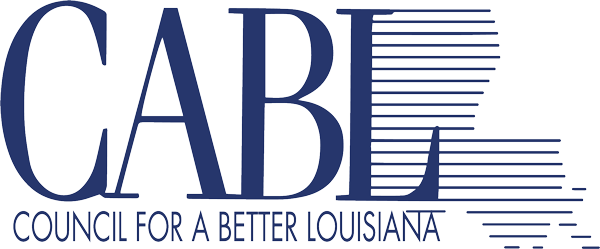
Governor John Bel Edwards’ budget proposal arrived on the desk of legislators last week. And while there was once again some controversy about how much the state will have to spend, education received a large chunk of the new revenues that the administration expects to be available.
Perhaps the biggest surprise was the fact that the governor did not explicitly propose a teacher pay raise in the budget. Coming off a $1,000 increase in 2019, it was widely expected that the governor would offer an additional raise this year. That didn’t happen. Instead he is suggesting local districts might provide a raise out of the $39 million in new, unrestricted funds he is proposing to add to the state’s allocation to public schools.
It’s clear the debate about a more direct teacher pay raise is just beginning and will likely be one of the issues to dominate the upcoming legislative session, but we hope it doesn’t turn into a battle that pits one part of the education community against another.
Besides earmarking additional dollars for public schools, the governor’s budget also proposed an additional $25 million for early childhood education and another $35 million for higher education. Those are important, too. There seems to be new momentum and interest in funding early education for children from birth to age three.
Right now, there are about 173,000 children from disadvantaged households that essentially have no access to quality childcare because of the costs. A $25 million investment will help about 4,000 of those kids, and while that only chips away at the numbers, it’s an important follow up to last year’s $20 million investment. It should also be pointed out that early education advocates are pushing to boost that number to more than $80 million in keeping with the recommendations of a special commission that studied the issue, so there will be a lot of discussion there.
Higher education is also hoping to hold on to the extra $35 million the governor is proposing. After years of budget cuts, colleges received a modest boost last year and believe the additional dollars will help them fill some longstanding needs and mitigate increases in mandated costs. They also have a faculty salary issue they’re trying to deal with.
The bottom line is that the proposed budget for the next fiscal year is only about $200 million more than last year, or about 2-percent larger. But the demands, or desires, pretty significantly exceed that. Unfortunately, that is almost always the case and the Legislature becomes the ultimate arbiter of how much money is spent where.
The governor has wisely chosen to invest the bulk of new available revenues in education and however the Legislature chooses to spend it, we hope they will agree that that is a fitting priority.
